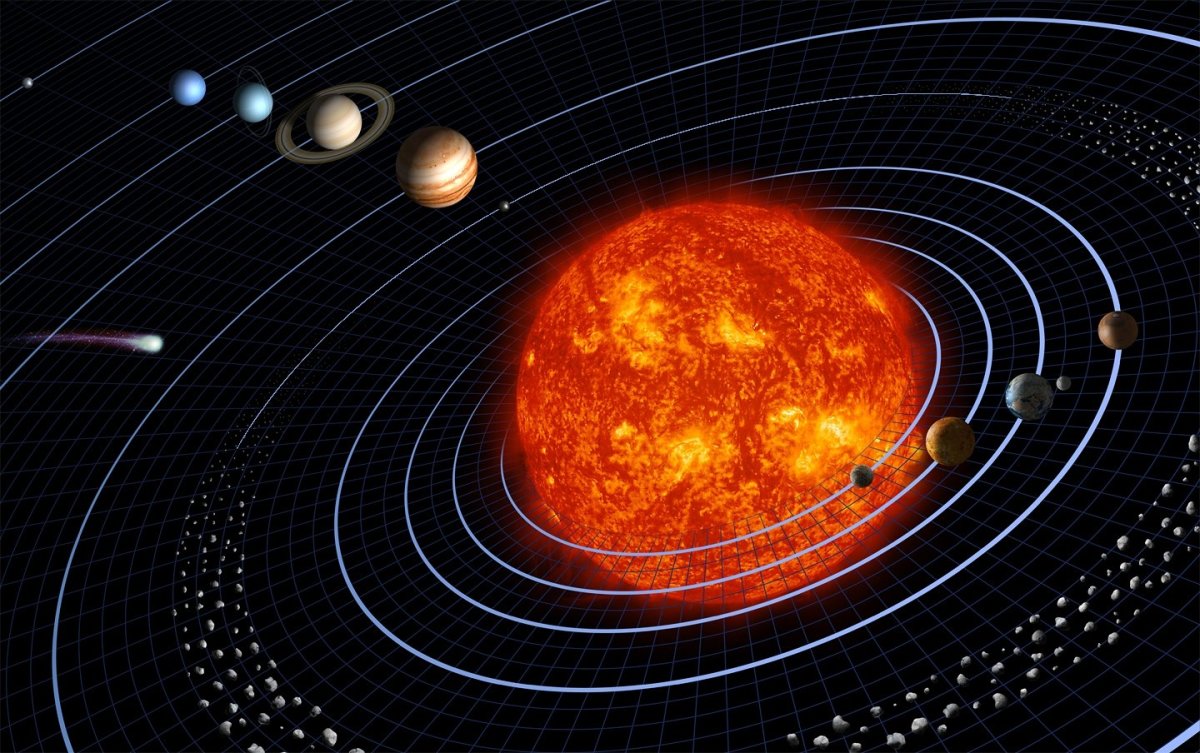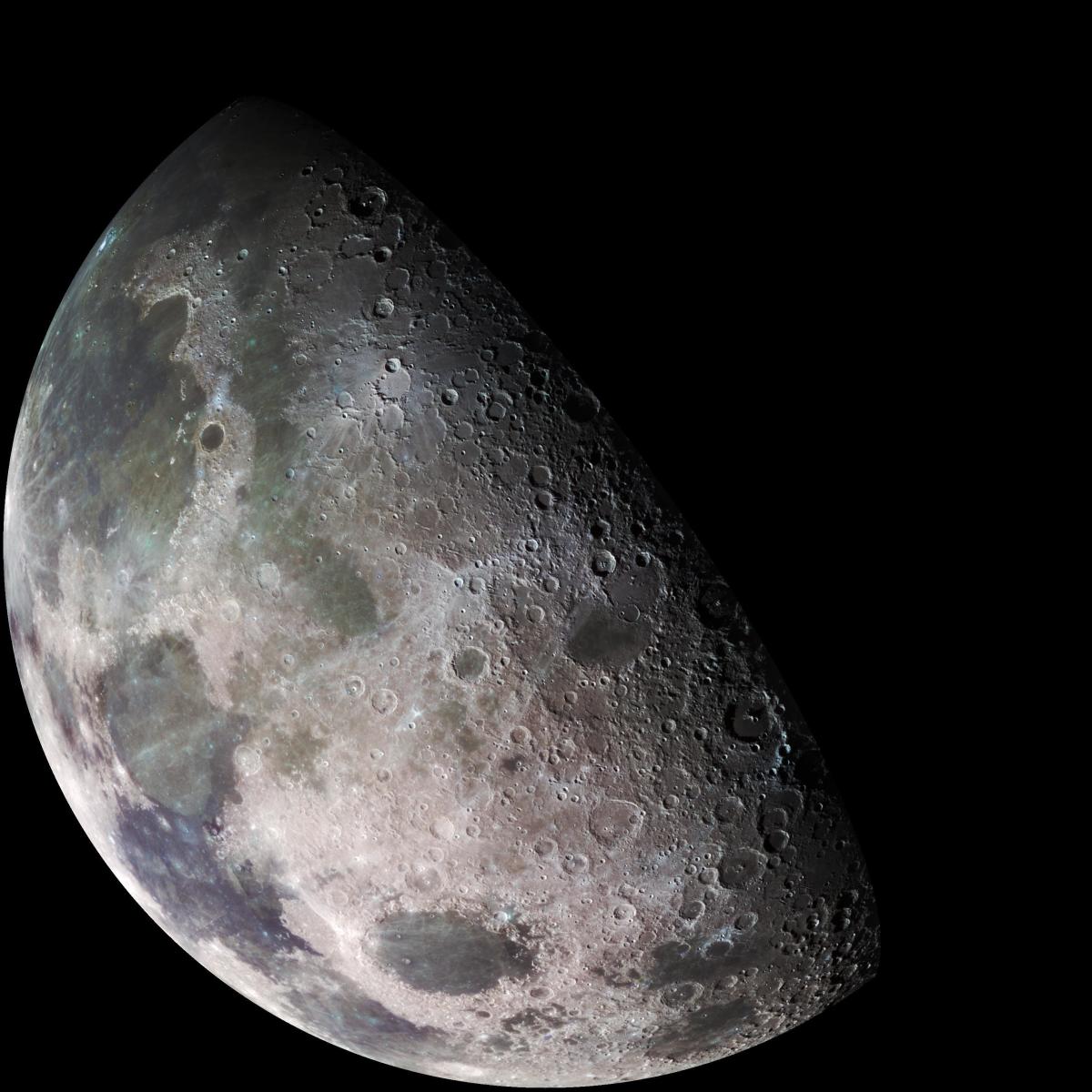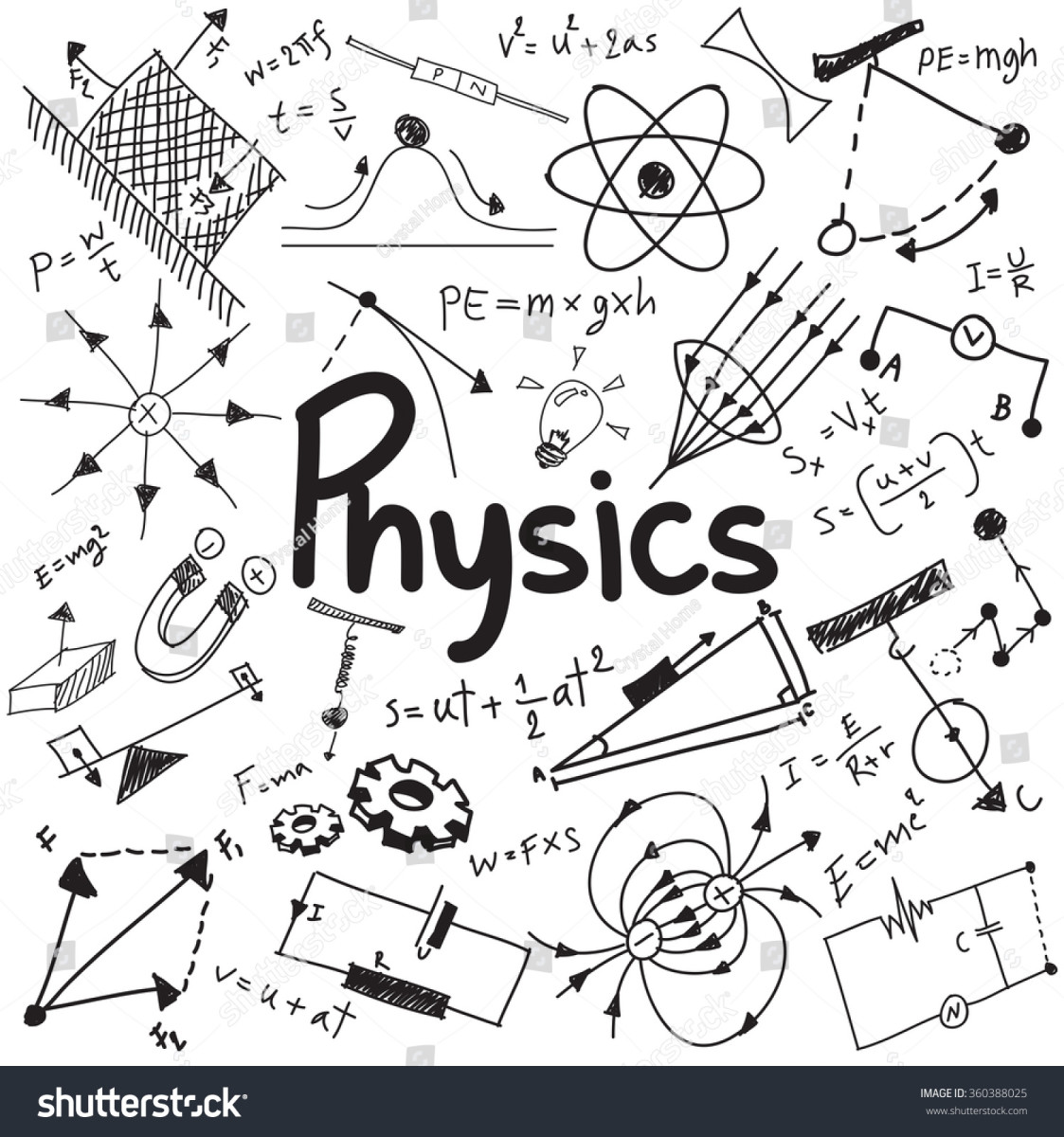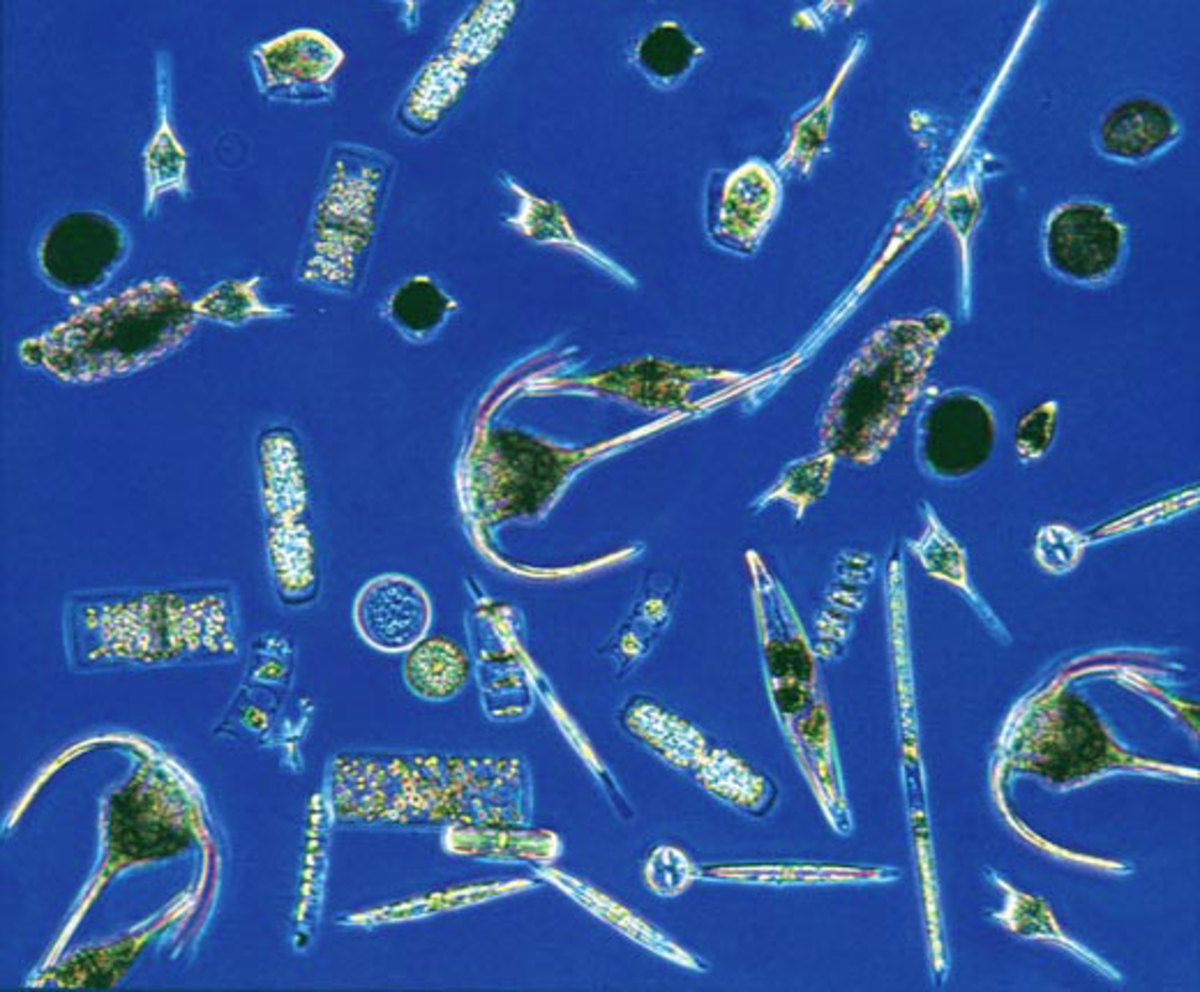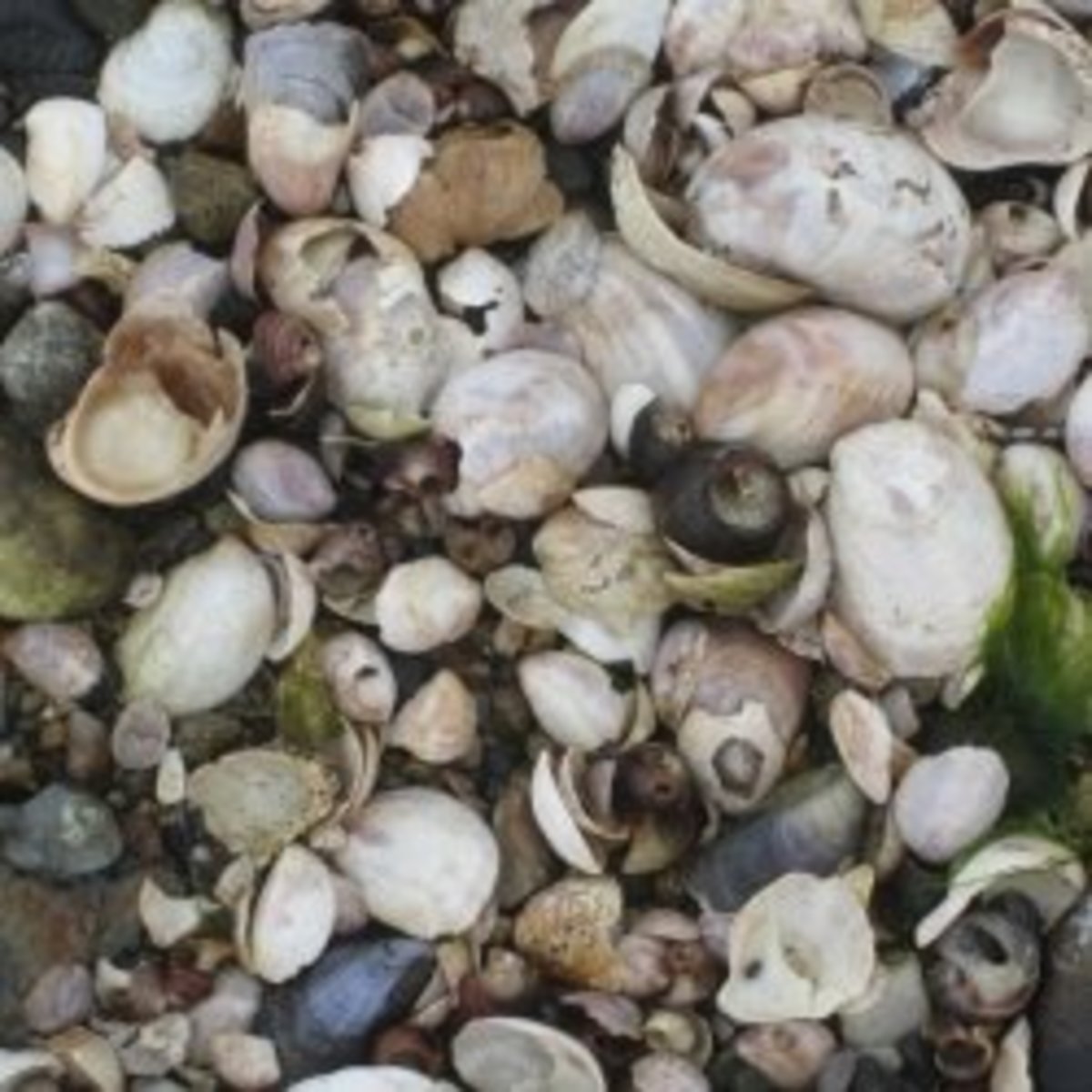Several Mistakes in the Understanding of Tides
Written (Chinese) by Ye Sen, Sep.9th, 2014
http://blog.sina.com.cn/s/blog_546cdd2b0102v2np.html
Translated (English) by Ye Er
Tags: tides, the movement of the Earth, theory of universal gravitation, Earth, tidal force
Mistake 1: the Definition of Tides
People always regard tides as the vertical movements of ocean water in order to distinguish them from the horizontal movements of ocean currents. Such definition only tells us about the phenomena. Let’s look into the nature. Ocean tides and ocean currents are both horizontal movements of ocean water. Ocean tides are ocean water’s reciprocating motions along the white road (the projection of the Moon’s motion trajectory onto the surface of the Earth). And Ocean currents are ocean water’s circular motions along some specific routes. Ocean tides are lifted by the rise of the sea bed or propagate as they meet barriers from coasts, resulting in the rise of sea levels.
Mistake 2: the Classification of Tides
Tides have not been classified scientifically so far. In China, we have only distinguished them using methods by ancient people. The ancients called tides in the day “day tides” and at night “night tides”. Now we have called the first tide that occurs “morning tide” and the second tide “evening tide”. In this way, we only differentiate the two tides that occur in one day. No other meanings substantially. In my opinion, we shall classify tides by their positions relative to the Moon: tides facing toward the Moon and tides facing away from the Moon. This will help us in the understanding and the researching of tides.
Mistake 3: the Cause of Tides
A consensus now attributes tides to the Moon’s gravity because the flood and ebb of tides are relevant to the movement of the Moon. And since the Moon is about 380,000-kilometer away from the Earth, lunar gravitational force seems to be the only force the Moon works on the Earth.
But, this point of view has 4 flaws:
Flaw 1:
The Moon orbits the Earth in every about 24 hours 51 minutes. That is to say, the line of the Moon's gravity moves at a supersonic speed along the white road (the projection of the Moon’s motion trajectory onto the surface of the Earth). But can tides keep up with such a speed?
Flaw 2:
If we do some math using the formula of universal gravitation, we can get this result – the solar gravitational force on a certain waterbody on the surface of the Earth is about 162 times stronger than the lunar gravitational force. It’s far greater. But this is just opposite from the fact based upon the observation of tides - we know tides are more influenced by the Moon.
Flaw 3:
Since tidal force is a type of force, it has its direction. The phenomenon that tides occur on the part of the Earth facing towards the Moon can be explained by the tidal force. But the tides occurring on the part of the Earth facing away from the Moon (the part of the Earth furthest from the Moon) is really hard to imagine. And in most places on the Earth, tides, whether big or small, occur twice a day, once facing towards the Moon, and once facing away from the Moon.
Flaw 4:
Using the formula of universal gravitation, we can get the result that the Moon’s gravity on a certain waterbody on the surface of the Earth is only about 1/280000 the Earth’s gravity on the same waterbody. Does this gravity make any sense?
However, about the flaws here mentioned, "gravity" scientists have made some revisions. They brought out a concept - tide-generating forces. Tide-generating forces are just the result of the calculus of the gravitational forces. In nature, they are still gravitational forces. Let’s assume that the tidal forces are believable, then they only answer the questions in flaw 2 and flaw 3. They can’t do anything about the questions in flaw 1.
Should the lunar tidal force always point to the Moon in the same direction as the gravitational force exerted by the Moon? “I walk as the Moonwalk "(lyrics from a Chinese song). Can the tidal force fly the tides at a supersonic speed?
About the flaw 4, this explanation only makes worse. Because the tidal force is divided by a distance based on the calculation of the gravitational force (tidal force is inversely proportional to the cube of the distance), which only makes it much more negligible and unreliable.
Of course, there are many other evidences which can be used to negate this theory. According to “tide-generating forces” theory, the largest tidal range should occur around the white road (the projection of the Moon’s motion trajectory onto the surface of the Earth). That is between 23 ° North Latitude and 23 ° South Latitude, but the largest tidal range occurs at around 45 ° North Latitude on the Earth.
Moreover, according to the calculation of the tidal forces, the conditions of the occurrences of the tides facing towards and away from the Moon are equal. So we can deduce that anywhere if qualified for the occurrence of tides should experience semi-diurnal tides. But in fact, there are semi-diurnal tides, diurnal tides, and mixed tides.
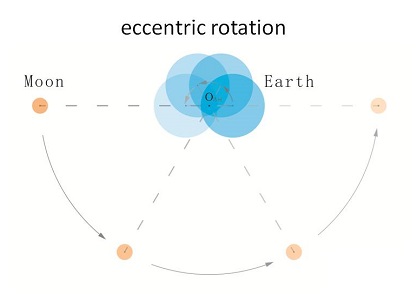
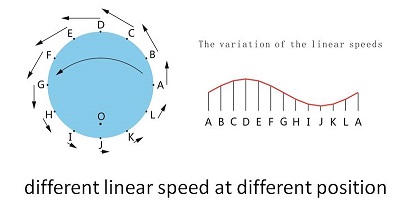
Mistake 4:
(Not everyone makes such a mistake.) Most people only know the Earth’s two movements in solar system – the Earth’s rotation on its own axis and the Earth’s revolution around the Sun, which has become a common sense. But actually, the Earth has its third movement which is the Earth’s interaction with the Moon, a responsive motion to the Moon revolving around the Earth, an almost neglected movement. It’s the Earth rotating about the Earth–Moon barycenter.
Scientists have long known about this movement. But this movement hasn’t had a name so far. So for convenience, I think of a name (a Chinese name) for this Earth’s movement, I call this Earth’s movement --- “ZiZhuan” (Simplified Chinese: 子转; Pinyin: ZiZhuan )
("子转" is a Chinese word)
The Earth–Moon barycenter is only about 4,700 kilometers away from the Earth’s center of mass, less than the radius of the Earth (about 6,400-kilometer). So it falls inside the Earth. So the amplitude of the Earth’s “ZiZhuan” is small, and the circle time (about 27 days) is long, no wonder this movement has always been neglected.
Adding that the direction of the Earth’s “ZiZhuan” and that of the Earth’s rotation are likely the same, only 23 °angle between their rotational axes. So the Earth’s “ZiZhuan” is covered by and overlapped with a-circle-a-day the Earth’s rotation.
I named this Earth’s movement because I think this movement is the real reason that causes tides on the Earth.
Of course great scientists didn’t neglect the Earth’s “ZiZhuan”. Galileo Galilei and a number of "anti-gravity" scientists thought Earth rotating about the Earth–Moon barycenter was relevant to the cause of tides. But the great discovery of universal gravitation got people carried away. The “gravity” theory has been dominating until today. The "anti-gravity" theory by Galileo Galilei and a number of scientists hasn’t been well researched into and well developed.
“Tides are mainly caused by the Earth’s “ZiZhuan”” can be briefly explained as follows:
The Earth’s “ZiZhuan” is an eccentric rotation. Looked from a cross-section of the Earth, different radius at different position causes different linear speed at different position.
Driven by the Earth’s rotation, a certain Ocean floor turns to face away from the Moon, with its speed continuing to increase until it reaches to a point on the Earth furthest from the Moon. (It is on this point the ocean floor reaches to its maximum linear speed.) The ocean floor then passes this point and decelerates.
At this time period, by the effect of inertia, the water above the ocean floor runs backwards when the ocean floor is accelerating and runs forward when the ocean floor is decelerating. In this way, a flood tide and ebb tide is achieved.
Take the Pacific Ocean for an example. The mean depth of the Pacific Ocean is about 4000 meters. So deep is the ocean water doing inertial motion that even if it loses 95% of its energy, there will still be 20-metre height of water racing towards the shore in 6 hours continuously. What a spectacular!
The ocean floor continues to rotate with the Earth and turns to face towards the Moon with its speed continuing to decrease until it comes to a point on the Earth nearest to the Moon. (It is on this point the ocean floor reaches to its minimum linear speed.) It then passes this point and accelerates.
At this time period, because the overall speed is slow, the effect of inertia is not obvious while another effect takes the lead - The "speed inversely proportional to the area” effect.
Here we need to use a common sense: in a narrow river, water flows rapidly; in a wide river, water flows slowly. It is also true vice versa: when the water flows rapidly, the cross-sectional area is small; when the water flows slowly, the cross-sectional area is large. So when the water at the back meets the water running slowly in front of it, the back water pushes and shoves. So the water propagates, resulting in the rise in the water level. That’s the cause of tides occurring on the part of the Earth facing towards the Moon.
And the Moon's gravitational pull on the Earth helps too.
It is the difference in those key factors that influence tides facing toward the Moon and facing away from the Moon that leads to two different tidal conditions in different places on the Earth.
Although the theory that tides are not mainly caused by the gravitations hasn’t been accepted, we all believe that a star has been shining brilliantly in the sky of human civilization for many many years. That's Newton with his law of universal gravitation.

